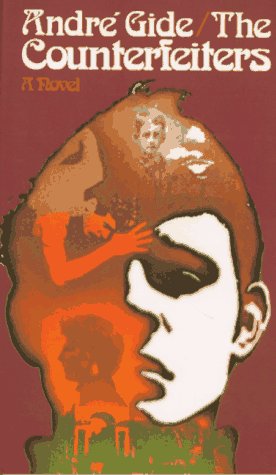
The Counterfeiters, by André Gide
The Counterfeitersis a 1925 novel by French Nobel laureate André Gide. It’s about the decay of morals and is a stunning investigation into the role of the writer as an artist. The book is a modernist piece, toying with time and perspective, moving along unexpectedly, always aiming to show the reader the true development of the story.
There is a very nonchalant treatment of homosexuality, with many characters falling in and out of love with one another, despite social, moral or gender barriers. Some of the love is perverse, and some of it is tragic.
It’s the story of a group of families entwined by their passions. We see how the odious aspects of life influence the three Molinier brothers. We watch the struggle between the two opposing authors, the wicked Comte de Passavant and the ever-searching Edouard. With many breathtaking moments, the novel paints a deep portrait of the struggle to persevere through life and all it has to offer.
 Why you can trust Xtra
Why you can trust Xtra


